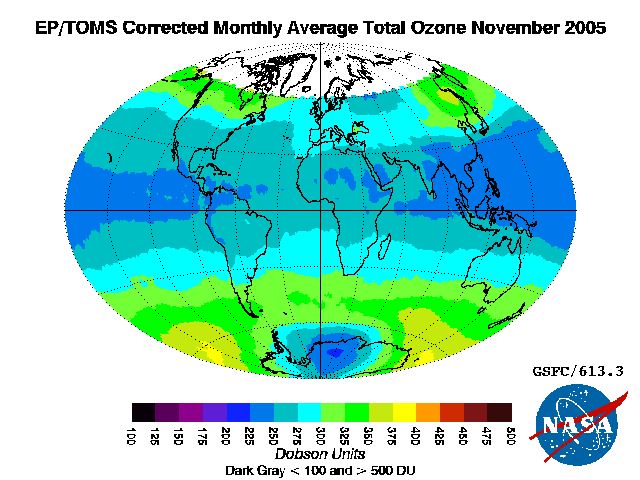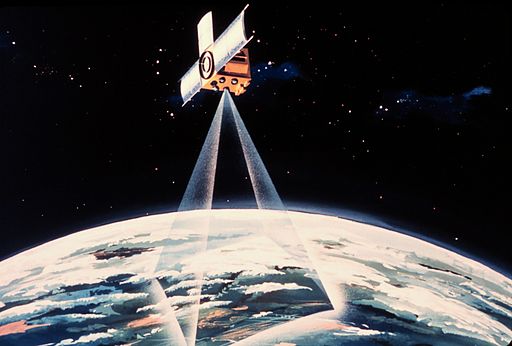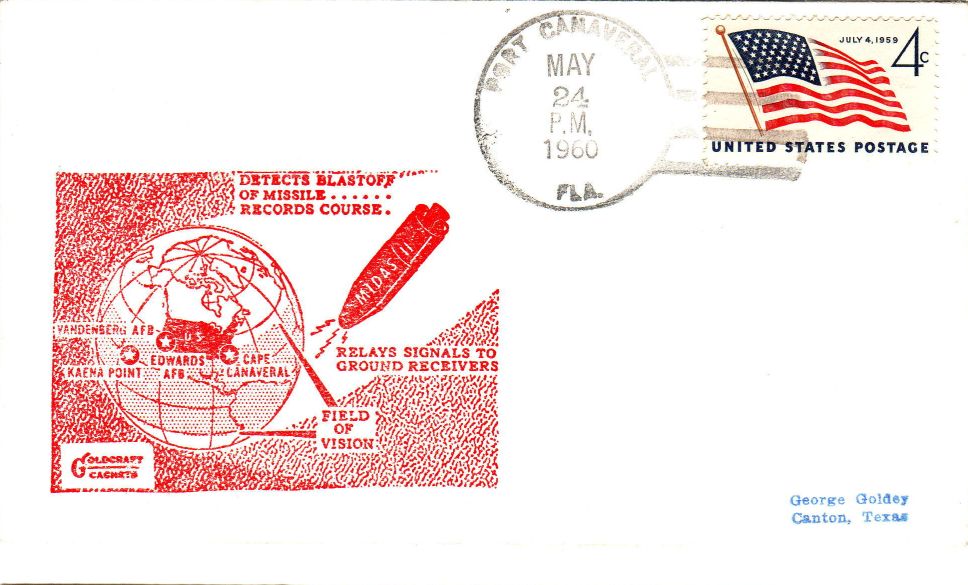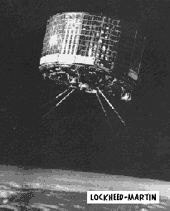Forty years ago today — February 11, 1970 — Japan launched its first satellite, Ohsumi, from the Uchinoura Space Center. Ohsumi was a small technology demonstrator, with only a few instruments on board, but its success made Japan only the fourth nation (after the U.S.S.R, the U.S.A., and France) to successfully place a payload in orbit.
Thirty years later, in 2000, Japanese astronaut Mamoru Mohri launched into orbit aboard Space Shuttle Endeavour on mission STS-99, his second spaceflight. Mohri joined U.S. astronauts Kevin R. Kregel, Dominic L. Pudwill Gorie, Janet L. Kavandi, and Janice E. Voss, as well as Gerhard P. J. Thiele of Germany, on the Shuttle Radar Topography Mission (SRTM).

(SRTM in the shuttle cargo bay. NASA image.)
Over its 11-day mission, the SRTM mapped over 99% of the earth’s land area between 60 degrees N latitude and 56 degrees S latitude. The SRTM instrument consisted of a large radar array in the shuttle cargo bay and a smaller antenna mounted on an extendable mast: the mast, the longest rigid structure yet flown in space, placed the secondary antenna 200 feet (60 meters) outside the shuttle. The configuration caused an increase in fuel consumption as the shuttle had to “offset the gravity gradient torque of the mast,” but they were able to compensate and complete the mapping mission.
Endeavour is in orbit today on mission STS-130, its next-to-last mission to the International Space Station. Fare thee well.



 by
by 
















